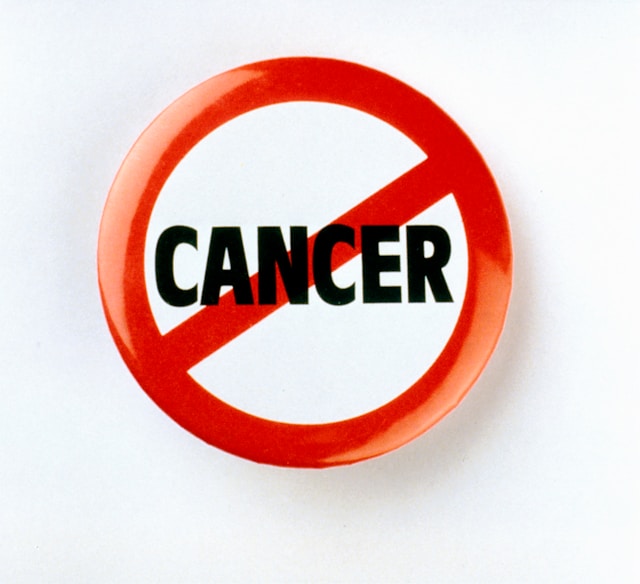Most men have heard of the PSA test, but the “when” and “why” can feel murky. September is a great time to get clear on prostate screening so you can make a confident, personalized decision.
Who’s at higher risk?
- Age: risk climbs after 50.
- Family history: a father or brother with prostate cancer (especially before 65).
- Genetics: BRCA1/2 or other hereditary cancer syndromes.
- African ancestry: higher incidence and mortality—talk earlier and often.
What does screening involve?
- PSA blood test: a quick lab that measures prostate-specific antigen.
- Optional DRE: a brief exam to feel for lumps or asymmetry.
- If PSA is elevated: we don’t rush to biopsy. We may repeat PSA, check free/total PSA, consider MRI, and discuss pros/cons before next steps.
When should I start?
- Average risk: begin the conversation at age 50.
- Higher risk (family history/African ancestry/BRCA): start by age 45 (and sometimes 40).
Screening is shared decision-making—your values, risks, and comfort level matter.
Benefits, limits, and lifestyle
- Benefits: earlier detection of aggressive cancers when treatment works best.
- Limits: false alarms and over-diagnosis can happen—another reason to personalize the plan.
- Lifestyle still counts: move daily, keep weight in a healthy range, prioritize fiber-rich foods (vegetables, legumes), and limit processed meats and smoking.
Have questions about PSA? Book a quick men’s check-up and we’ll tailor screening to you.



